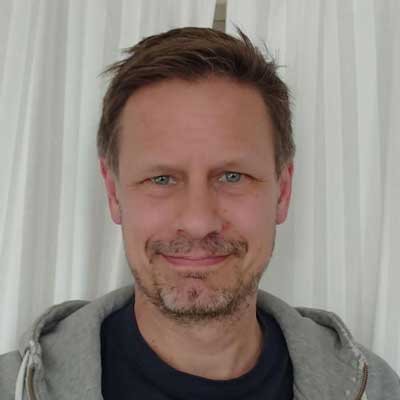project:
Jan 2024
Dec 2026
Ongoing
Using machine learning for improved eel downstream passage design
The aim of this project is to develop new knowledge that increases the understanding of the movement patterns of silver eels based on prevailing environmental factors and thus contribute to an optimised design of passage measures for eels.
Initially in the project, an existing dataset containing high-resolution hydraulics and eel migration data as well as abiotic factors from a study in Ätran in 2017 (Kjaerås et al., 2023) will be analysed. A total of 98 silver eels were tagged with acoustic telemetry transmitters with depth sensors and then tracked as they passed the Herting power plant in Ätran, both via a diverter (β-grid with escape opening) and via spillage into a natural fishway. The flow data has been modelled with CFD and a range of other abiotic parameters are available. All data have been checked and analysed previously, but what remains is to analyse the link between the eel movements and the abiotic parameters including hydrology and hydraulics. This analysis will follow the protocol developed for salmon smolt in Mandalselva. The new knowledge generated will be transferable to other sites, just like previous studies where measures were evaluated. Unlike previous similar studies, this study will, with the help of high resolution, be able to study how the eels move and how route choice and behavioural response depend on, for example, bottom structure, water movement (speed, direction, turbulence, etc.), temperature, light, etc. This is a unique dataset that is currently unparalleled, as it includes an effective measure for downstream passage (both salmon and eels) in combination with high-resolution data for both eel movements and hydrodynamics. Overall, the results will contribute to a more robust design of measures for downstream migrating eels, an area where there is currently a significant knowledge gap. In addition, the project represents a necessary first step in the process of developing a predictive model that will allow future in silico testing, evaluation and improvement of measures before they are implemented at hydropower plants.

